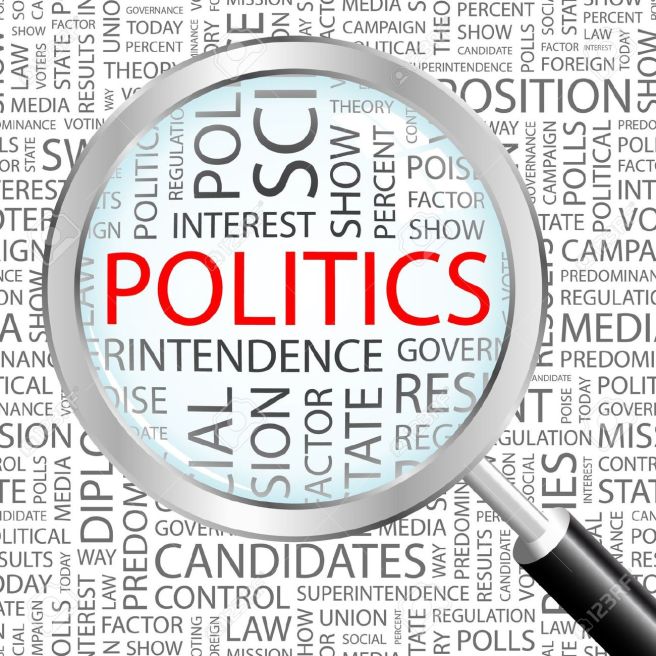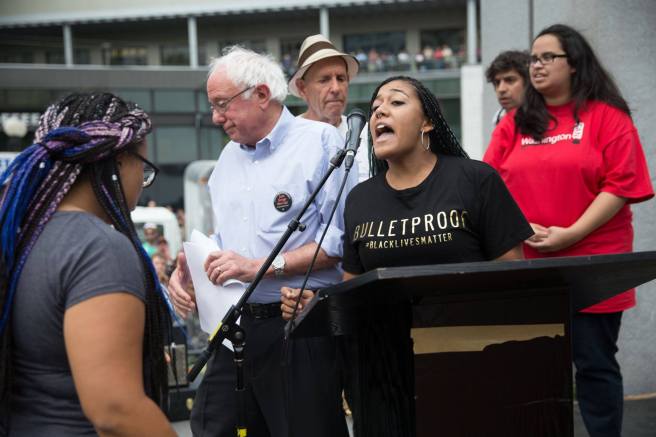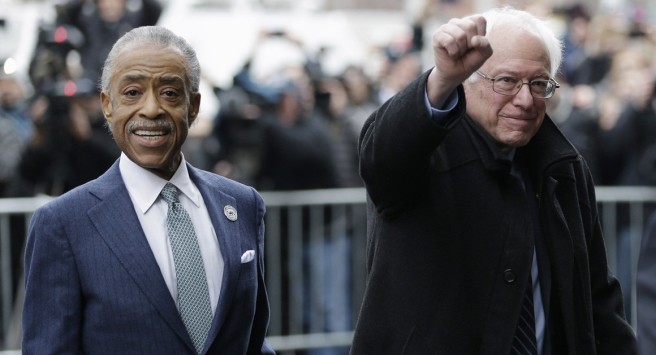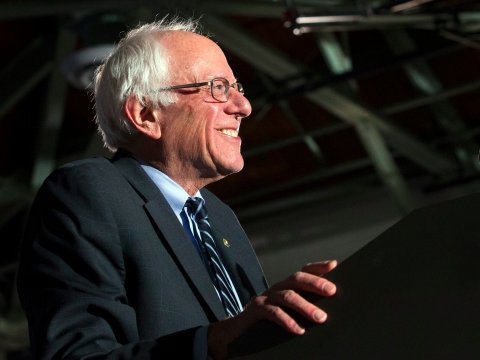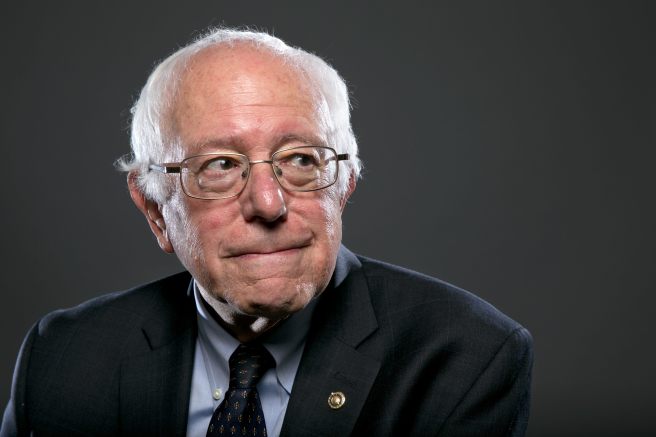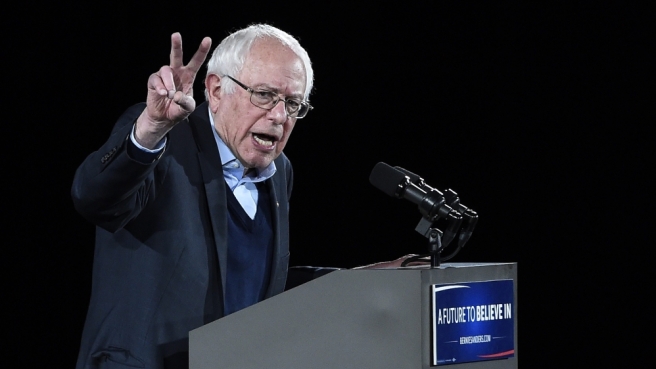Starting this piece I was very excited to learn a thing or two about political process, and hopefully witness an upset in the system. It has been both exhilarating and frustrating when analyzing the fundamentals versus the contemporaneous election.
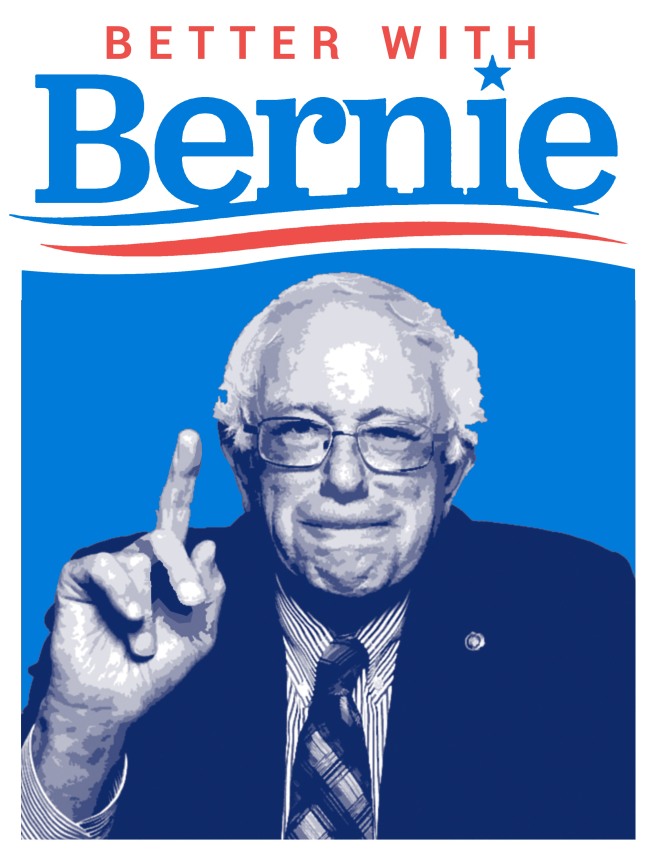
After writing this inquiry series, I believe my perspective on politics has changed a great deal as I became more knowledgeable about current political issues and campaign news.
Bernie Sanders’ campaign has surprised many people in both positive and negative ways, from his upset losses in the Super Tuesday battle to his massive donation base. His run for the Democratic nomination has been a historical one, bringing out large amounts of the millennial and working-class people together in order to bring about change. A lot of my peers and colleagues attended his rally in Sacramento this week, and have been protesting the arrival of Trump in Burlingame. This has been my first election witnessing the divide between friends based on party lines and voter registration cards.
With the upcoming elections in states such as: “Kentucky, Oregon, Washington and California there are 1,065 Democratic delegates remaining,” (New York Times). Sanders’ chances have remained slim on gaining control of the Democratic candidate nomination due to Clinton’s overwhelming lead in super-delegates and support from other career politicians. Hillary has done phenomenally in acquiring support from all the super-delegates, but the media has portrayed her as a weaker opponent than Bernie when it comes to campaigning against Donald Trump.
Hillary’s run for super-delegates has her ahead 524 to Sanders’ 40, which is a gap seemingly insurmountable for the Vermont senator. Sanders’ has been persistent in his campaign, vowing to stay in the race until the end of July when all the delegate elections are in. He has remained financed and supported throughout his run, and he has had a slew of upset victories in states Clinton was prepared to win. These wins could perhaps be contributed to the public’s perception of Sanders as a better opponent to Trump.
Trump’s run for the Republican nomination has proven to be surprisingly successful. He utilized tactical verbal discredits to his opponents, and banked on his mass celebrity to bring him fans and supporters. Sanders’ opposition has employed tactics quite contradictory, such as grassroots rallies and policies, to Trumps’, and that would make him a very obvious juxtaposition for Trumps’ fear-mongering and hysterical nomination.
It was quite eye-opening to witness the primary season in it’s entirety, as it was a new story quite literally everyday on New York Times’ website about the election. I enjoyed this series simply because it kept me informed of current political situations that I have ignored in past. This series taught me what it should look like to analyze a campaign and the media’s portrayal of current events, which is a lesson I will carry with me throughout the rest of my scholarly career.


